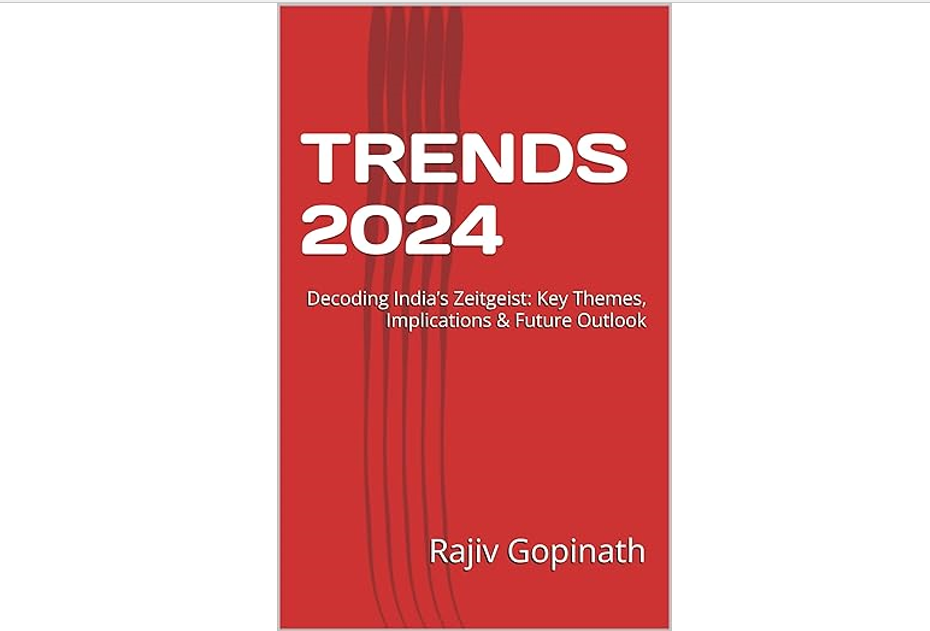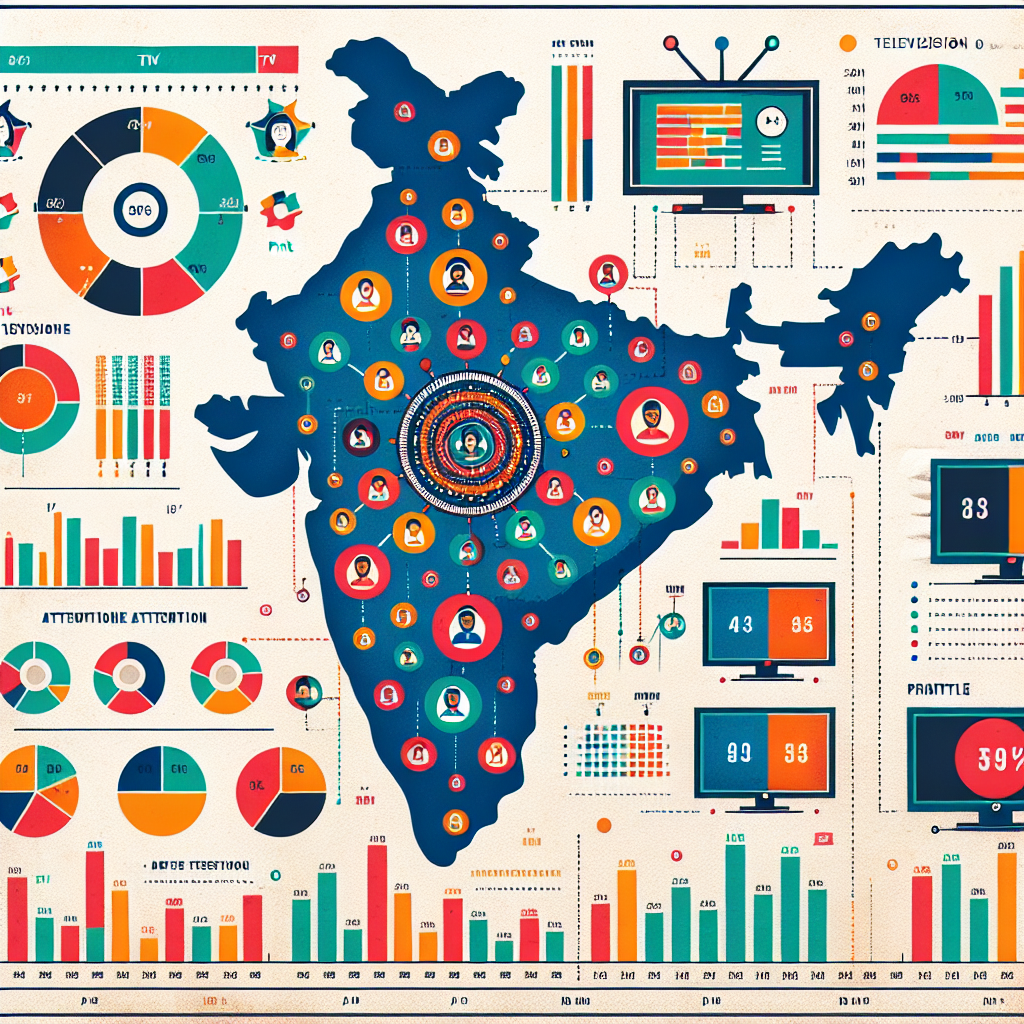Matcha Mania: How Green Tea Powder is Redefining India’s Wellness Culture

The matcha drink trend in India has gained significant momentum in recent years, transitioning from a niche beverage to a symbol of wellness, sophistication, and globalized culinary culture. Below is a detailed exploration of the trend, covering its rise, cultural integration, market dynamics, health benefits, challenges, and future potential in India.
1. Introduction to Matcha in India
Matcha, a finely ground powder made from shade-grown green tea leaves (Camellia sinensis), has its origins in China’s Tang Dynasty (7th century) and was popularized in Japan through Zen Buddhist tea ceremonies. Unlike regular green tea, where leaves are steeped and discarded, matcha involves consuming the entire leaf, delivering a concentrated dose of antioxidants, caffeine, and L-theanine.
In India, a country with a deeply rooted tea culture centered around chai and Assam/Darjeeling teas, matcha has emerged as a premium, health-focused beverage that complements rather than competes with traditional drinks.
2. Rise of the Matcha Trend in India
The matcha trend in India has been driven by several interconnected factors:
Global Influence and Social Media
The global matcha craze, amplified by social media platforms like Instagram and TikTok, has significantly influenced Indian consumers. Hollywood celebrities like Gwyneth Paltrow popularized matcha lattes as early as 2015, and Indian influencers have followed suit, showcasing vibrant green matcha drinks and desserts as aspirational and photogenic. Posts on X highlight matcha's growing popularity in urban centers like Bengaluru, with innovative fusions like matcha-nihari and matcha rasgulla gaining attention.
Urban Millennial and Gen Z Appeal
The trend is particularly strong among urban millennials and Gen Z in metropolitan and Tier-1 cities like Delhi, Mumbai, Bengaluru, and Hyderabad. These demographics, exposed to global trends through travel, media, and the internet, view matcha as a marker of modern, health-conscious, and sophisticated lifestyles. Cafes like GotTea and Rush report matcha contributing 20% of beverage sales, up from 6-7% in their early days.
Wellness and Health Consciousness
Matcha’s reputation as a superfood, rich in antioxidants (particularly catechins like EGCG), L-theanine for calm alertness, and metabolism-boosting properties, aligns with India’s growing focus on health and wellness. Fitness enthusiasts, yoga practitioners, and those seeking natural, organic beverages are key adopters. A 2025 Healthline study notes matcha’s higher antioxidant content compared to regular green tea, with benefits like improved heart health, cognitive function, and liver protection.
Aesthetic Appeal
Matcha’s vibrant green hue makes it highly Instagrammable, appealing to younger consumers who prioritize aesthetics alongside taste. Cafes like Blondie in Bandra and Tokyo Matcha Bar capitalize on this with visually appealing drinks like mango matcha lattes and matcha-misu.
3. Cultural Integration and Culinary Innovation
Matcha’s integration into India’s culinary landscape reflects a blend of global and local flavors:
Fusion with Indian Cuisine
Indian cafes and restaurants are innovating by incorporating matcha into traditional recipes. Examples include matcha chai lattes, which combine the spices of masala chai with matcha’s earthy notes, matcha-infused kulfi, laddoos, rasgullas, and even savory dishes like matcha-nihari and matcha biryani. These fusions cater to Indian palates while maintaining matcha’s premium appeal.
Matcha Cafes and Menus
Dedicated matcha cafes are emerging in urban areas, offering creative options like “whisk your own matcha,” matcha shots, and matcha-misu drinks. Restaurants like Nasi and Mee report that 60% of tables order matcha-based items, such as matcha panna cotta or matcha French toast.
Ready-to-Drink (RTD) Formats
To cater to fast-paced urban lifestyles, brands are introducing RTD matcha beverages like lattes, smoothies, and sparkling teas. These are gaining traction in cafes, health food stores, and online platforms.
Skincare and Beyond
Matcha’s antioxidant properties have led to its use in skincare products like face masks and serums, further embedding it into India’s wellness culture.
4. Market Dynamics
The matcha market in India is experiencing robust growth:
Market Size and Growth
According to industry reports, India’s matcha market was valued at USD 104 million in 2024 and is projected to reach USD 167 million by 2030, growing at a CAGR of 8.6%. This is faster than the global matcha market’s projected CAGR of 7.1-7.9%.
Key Players
Brands like VAHDAM India, GotTea, Rush, and Bree Matcha (co-founded by actress Sanya Malhotra in 2025) are leading the market with premium, ceremonial-grade, and culinary-grade matcha sourced from Japan’s Kagoshima Prefecture.
Distribution Channels
Matcha is available through online retailers, supermarkets, hypermarkets, and specialty stores. E-commerce platforms like Amazon and direct-to-consumer brands have made high-quality matcha more accessible, fueling at-home consumption.
5. Challenges in the Indian Market
Despite its growth, the matcha trend faces several challenges:
Acquired Taste
Matcha’s slightly bitter, grassy flavor is unfamiliar to many Indian consumers accustomed to sweeter chai or coffee. Brands counter this by blending matcha with familiar flavors like mango, strawberry, or honey.
High Cost
Matcha’s labor-intensive production process makes it expensive, limiting its appeal in price-sensitive markets. Premium ceremonial-grade matcha can be particularly costly, and brands like Tokyo Matcha Bar avoid passing rising costs to consumers to maintain accessibility.
Limited Awareness
Awareness of matcha’s benefits and preparation methods is low outside metropolitan areas, necessitating educational campaigns by brands like Midori Spring Ltd. and Easy Boba.
Supply Constraints
Global demand for matcha has strained Japan’s production capacity, with concerns about potential shortages. India’s nascent efforts to produce matcha (e.g., Chota Tingrai tea garden in Assam) aim to address this, but quality and scale remain challenges.
6. Future Potential
The matcha trend in India is poised for further growth, with several opportunities on the horizon:
Local Production
India’s expertise in tea cultivation, particularly in regions like Assam and Darjeeling, could lead to domestic matcha production, reducing costs and increasing accessibility.
Tea Tourism
Combining matcha with India’s tea heritage could enhance tea tourism, offering unique experiences like matcha-making workshops or tea estate visits.
Innovative Products
The rise of gourmet and wellness-oriented products opens avenues for matcha-based energy bars, chocolates, kombucha, and skincare items tailored to Indian tastes.
Tech-Driven Experiences
Virtual reality (VR) and augmented reality (AR) could bring Japanese tea ceremonies to Indian consumers, enhancing engagement and education.
Sustainability and Organic Trends
As consumers prioritize sustainability, brands are focusing on organic, ethically sourced matcha, aligning with India’s growing demand for clean-label products.
7. Cultural and Social Significance
Matcha is more than a beverage in India; it’s a cultural bridge between Japan’s wellness traditions and India’s tea legacy. For urban Indians, sipping matcha signals sophistication, mindfulness, and alignment with global trends. Its integration into cafes, social media, and wellness communities reflects a broader shift toward aspirational, health-focused lifestyles. Posts on X, such as those highlighting matcha in rasgullas or biryani, underscore its role as a versatile ingredient that resonates with India’s innovative food culture.
8. Conclusion
The matcha drink trend in India represents a dynamic fusion of health, culture, and innovation. While challenges like cost and limited awareness persist, the beverage’s appeal among urban, health-conscious consumers, coupled with creative culinary adaptations, positions it for sustained growth. As brands continue to innovate and India explores local production, matcha is set to become a cherished part of the country’s evolving beverage landscape, complementing its rich tea heritage.
Featured Blogs

TRENDS 2024: Decoding India’s Zeitgeist: Key Themes, Implications & Future Outlook

How to better quantify attention in TV and Print in India

AI in media agencies: Transforming data into actionable insights for strategic growth

How the Attention Recession Is Changing Marketing

The New Luxury Why Consumers Now Value Scarcity Over Status

The Psychology Behind Buy Now Pay later

The Rise of Dark Social and Its Impact on Marketing Measurement

The Role of Dark Patterns in Digital Marketing and Ethical Concerns

The Future of Retail Media Networks and What Marketers Should Know
Recent Blogs

Trending Topics of The Week (30th December – 5th January)

Trending Topics of The Week (23rd December – 29th December)

Trending Topics of The Week (16th December – 22nd December)

Trending Topics of The Week (9th December – 15th December)

Trending Topics of The Week (2nd December – 8th December)


